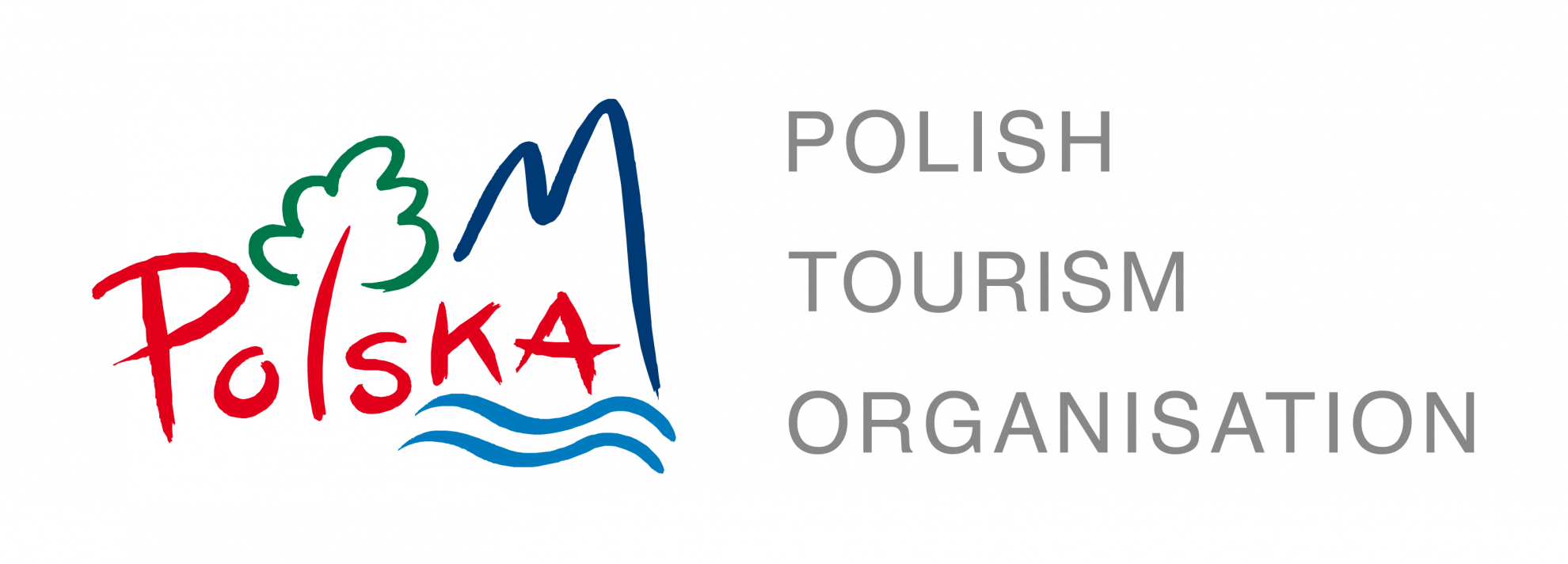It is the largest church in Warsaw, and can accommodate up to 3,500 people. During the Nazi occupation, the church found itself in the Jewish Ghetto, and served the Christians of Jewish origin.
The church was built in the years 1861-1893 and designed by Henryk Marconi, one of the greatest architects of the time. The neo-Renaissance church is reminiscent of the Church of St. Justine of Padua. During the Nazi occupation, the church found itself in the Jewish Ghetto, and served the Christians of Jewish origin. Although there was considerable damage in 1939 (the ceiling collapsed, and the bells melted) the rectory of the church was a shelter for many Jewish families, including Professor Hirszfeld, the famous immunologist, and the Zamenhof family. After the war, thanks to the financial support of Jews, the church was completely rebuilt. Inside there is an altar from 1880 and an iron-cut pulpit from 1889, the work of Apoloniusz Nieniewski and Józef Pius Dziekoński. Also interesting is the chapel of Our Lady of Częstochowa from 1875.
In 1987, Pope John Paul II opened the 2nd National Eucharistic Congress here, with Mother Teresa of Calcutta taking part in the ceremony. In front of the church there is a monument of the Holy Father, commemorating this day.


 位置图:
位置图:




